Produção de café
Colheita
A colheita pode ser realizada pela forma manual - processo difícil e intensivo mas utilizado na maioria dos países, ou mecânica - realizada nos países com mais recursos.
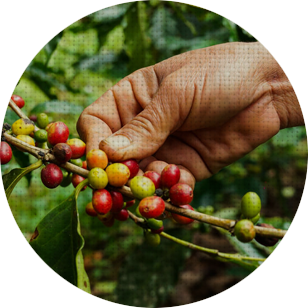
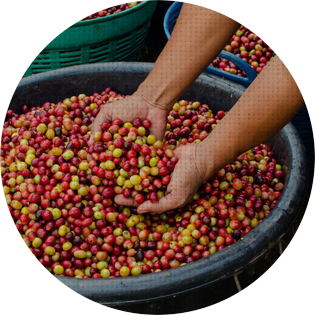
Pós-colheita
O café pode ser processado de duas formas:
Via seca:
as cerejas são espalhadas ao ar livre para secarem ao sol ou num secador mecânico até atingirem uma humidade de cerca de 11%. Os grãos são posteriormente transportados para os locais de armazenamento. Este método é mais utilizado nos países produtores de robusta.
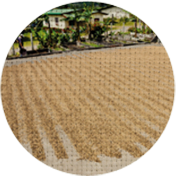
utilizado maioritariamente nos países produtores de arábicas, as cerejas são descascadas e despolpadas mecanicamente e fermentadas em tanques. Na fase final os grãos são sujeitos a um processo de lavagem.
Transporte
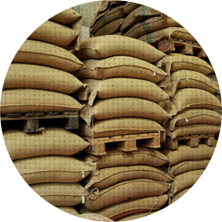
Limpeza, Calibração e Ensilagem
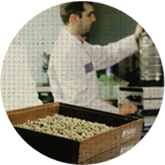
blend
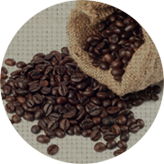
Torra
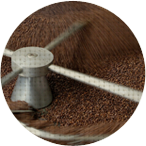
Embalamento
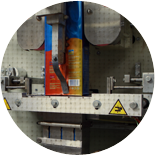
Controlo de Qualidade
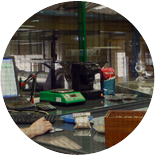
Distribuição
